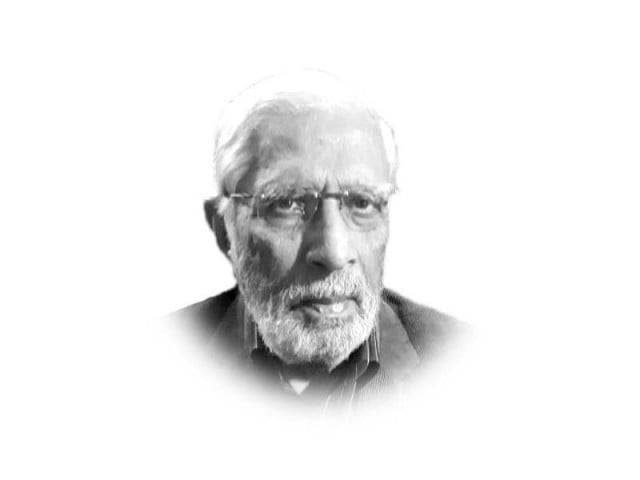A new information gathering tool
The great hope of the 1990s and 2000s was that the internet would be a force for openness and freedom

The great hope of the 1990s and 2000s was that the internet would be a force for openness and freedom. Indeed, the cost of getting information out was getting decreasing all the time. But then bad information often drove out good and authoritarian states co-opted technologies that were supposed to loosen their grip. Information was being wielded as a weapon of war against their citizens by these authoritarian states. Situation had become dire.
Amid this disappointment one development offered cause for fresh hope: the emerging era of open-source intelligence (OSINT). New sensors, from humdrum dashboard cameras to satellites that can see across the electromagnetic spectrum, are examining the planet and its people as never before. The information they collect is becoming cheaper. Satellite images cost several thousand dollars 20 years ago, today they are often provided free and are of incomparably higher quality. Online communities and collaborative tools enable investigative journalists to use this cornucopia of information to solve riddles and unearth misdeeds with astonishing speed.
Human Rights Watch has analysed satellite imagery to document ethnic cleansing in Myanmar. Nano-satellites tag the automatic identification system of vessels that are fishing illegally. Amateur sleuths have helped Europol, the EU’s policing agency, investigate child sexual exploitation by identifying geographical clues in the background of photographs. Even hedge funds routinely track the movements of company executives in private jets, monitored by a web of amateurs around the world, to predict mergers and acquisitions.
OSINT thus bolsters media and civil society, strengthens law enforcement, and makes markets more efficient. It can also humble some of the world’s most powerful countries. The likelihood that the truth will be uncovered raises the cost of wrongdoing for governments.
Citizens will no longer have to take their governments on trust. News outlets will have new ways of holding them to account. Today’s open sources and methods would have shone a brighter light on the Bush administration’s accusation in 2003 that Iraq was developing chemical, biological and nuclear weapons. That would have subjected US invasion of the country to greater scrutiny. It might even have prevented it.
At times the OSINT can go wrong. After the Boston Marathon bombing in 2013 internet users scrutinised the crime scene and identified several suspects. All were innocent bystanders. Or OSINT could be used by bad actors to spread misinformation and conspiracy theories.
However, every source of information is fallible and the scrutiny of imagery and data is more empirical than most of them. Hence, when OSINT is mistaken or malign, competing OSINT is often the best way to put the record straight. And over time, researchers and media investigators can build a reputation for honesty, sound analysis and good judgment, making it easier for people to distinguish trustworthy sources of intelligence from charlatans.
Some warn that OSINT threatens national security — as when, for example, investigative journalists use data from fitness trackers to reveal remote intelligence outposts and radar satellites to locate a country’s missile-defence systems. But, if OSINT can tell the world about such things, a country’s enemies are already able to know them.
As OSINT has rendered it almost into a see-through world, the greatest worry, therefore, is the threats to individual privacy.
The privacy of individuals in a digital age is fraught with trade-offs. At the level of states and organisations, however, OSINT promises to be a force for good. It is also unstoppable. Before the invasion of Afghanistan in 2001, American government was able to buy up virtually all the relevant commercial satellite imagery. Today too much data are available for that to be possible.
A world where many American, European, Chinese and Russian satellite companies vie to sell images is one of mutually assured surveillance. This is a future that open societies would be embracing, if they are wise. Tools and communities that can unearth missile silos and unveil spies are expected to make the world less mysterious and a little less dangerous and media relatively freer and more independent.
Published in The Express Tribune, August 28th, 2021.
Like Opinion & Editorial on Facebook, follow @ETOpEd on Twitter to receive all updates on all our daily pieces.















COMMENTS
Comments are moderated and generally will be posted if they are on-topic and not abusive.
For more information, please see our Comments FAQ